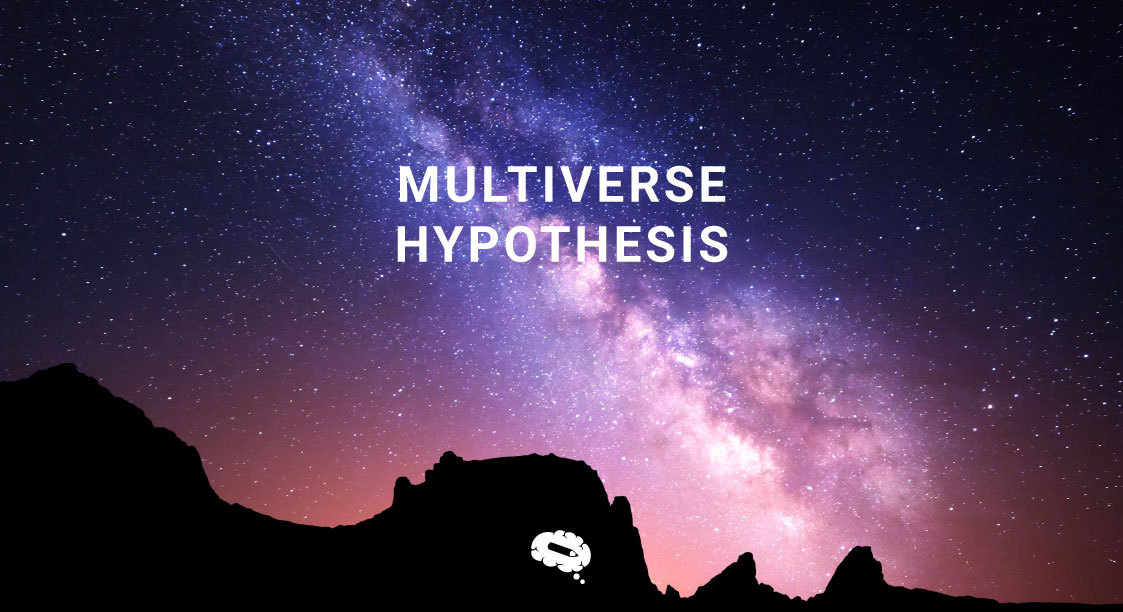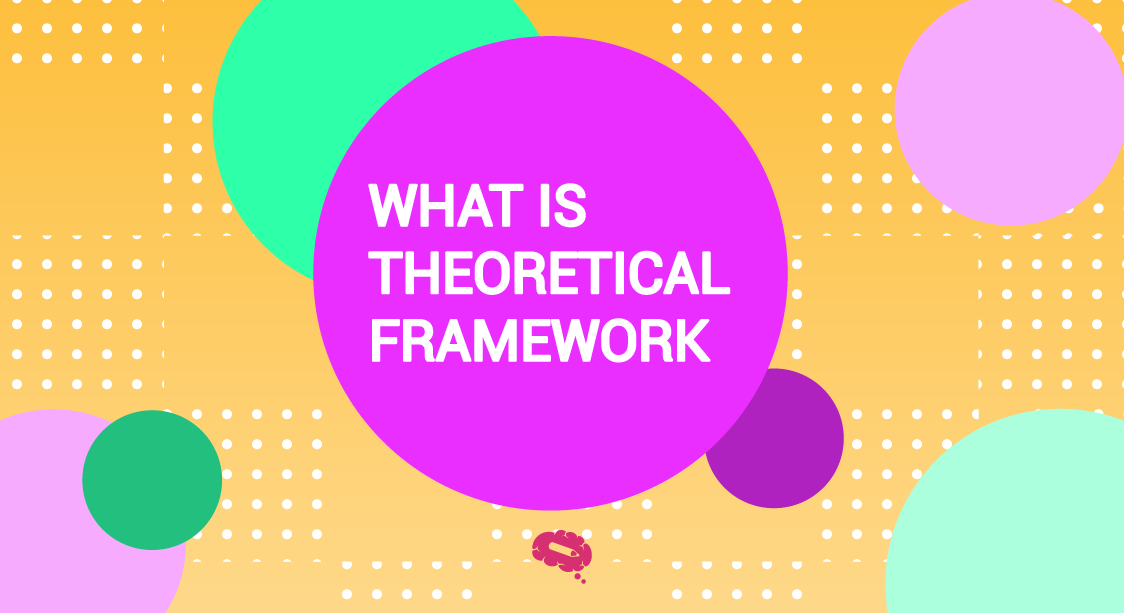The multiverse hypothesis proposes the existence of numerous universes beyond our own, each potentially possessing different physical laws, constants, and dimensions. This concept challenges the traditional notion of a singular universe and suggests that our reality may be just one among many within a vast multiverse. The significance of the multiverse hypothesis lies in its potential to revolutionize our understanding of the cosmos, offering explanations for phenomena that defy conventional explanation, such as the fine-tuning of fundamental constants and the peculiarities of quantum mechanics.
This article will delve deeper into the multiverse hypothesis, exploring its various interpretations, its implications for cosmology and quantum mechanics, and the ongoing debates surrounding its validity within the scientific community.
History And Development Of The Multiverse Concept
The history and development of the multiverse concept trace a fascinating journey through both ancient philosophy and modern theoretical physics. While ancient thinkers speculated about the existence of multiple worlds or dimensions, the modern formulation of the multiverse hypothesis began to take shape in the 20th century, propelled by advancements in quantum mechanics, cosmology, and theoretical physics.
Early Origins Of The Multiverse Hypothesis
While a modern scientific concept, the multiverse hypothesis finds its roots in ancient philosophy and cosmology. As early as the pre-Socratic era, Greek philosophers contemplated the existence of multiple worlds or dimensions beyond our own. However, it was not until the 16th century that Giordano Bruno, a Renaissance philosopher and mathematician, explicitly proposed the idea of an infinite universe containing countless worlds. Bruno’s vision anticipated later conceptions of the multiverse, suggesting that the cosmos might be teeming with diverse forms of life and realities.
In the 20th century, the multiverse concept began to take shape in the realm of theoretical physics, particularly with the advent of quantum mechanics. Quantum mechanics introduced the notion of probability and uncertainty at the fundamental level of reality, challenging classical notions of determinism. This opened the door to speculation about the existence of multiple outcomes occurring simultaneously, laying the groundwork for the idea of parallel universes.
Key Contributors And Milestones In Its Development
One of the seminal figures in the development of the multiverse hypothesis is Hugh Everett III, a physicist who proposed the Many-Worlds Interpretation in the 1950s. Everett’s theory was a response to the measurement problem in quantum mechanics, suggesting that every quantum event results in the branching of the universe into parallel realities, each representing a different outcome of the event. This interpretation revolutionized our understanding of quantum mechanics and provided a theoretical basis for the concept of a multiverse.
In the 1980s, the theory of cosmic inflation emerged as another significant milestone in the development of the multiverse concept. Physicists Alan Guth and Andrei Linde proposed that the universe underwent a rapid exponential expansion in its early moments, leading to the creation of multiple “bubble” universes within a larger cosmic landscape. This inflationary multiverse scenario provided a framework for understanding how our universe could be just one among many.
Key contributors to the multiverse concept also include physicists such as Max Tegmark, Brian Greene, and Stephen Hawking, who have explored various theoretical models and implications of the multiverse hypothesis. Milestones in its development include advancements in quantum field theory, string theory, and cosmology, which have provided theoretical frameworks for understanding the structure and dynamics of the multiverse.
Theoretical Evidence Supporting The Multiverse Hypothesis
The multiverse hypothesis, while still speculative, is supported by several theoretical frameworks and lines of evidence within the realms of cosmology, quantum mechanics, and theoretical physics. One of the primary pieces of evidence comes from the theory of cosmic inflation. Cosmic inflation suggests that the universe underwent a period of rapid expansion in its early moments, leading to the formation of multiple “bubble” universes within a larger cosmic landscape. This inflationary multiverse scenario provides a plausible mechanism for the existence of parallel universes.
Also read: Understanding What is Theoretical Framework
Additionally, certain interpretations of quantum mechanics, such as the Many-Worlds Interpretation, offer theoretical support for the multiverse hypothesis. According to this interpretation, every quantum event results in the branching of the universe into parallel realities, each representing a different outcome. While controversial, the Many-Worlds Interpretation provides a coherent framework for understanding the probabilistic nature of quantum mechanics and the possibility of multiple universes.
Explanation Of Theoretical Models And Concepts Behind The Multiverse
The multiverse hypothesis encompasses a variety of theoretical models and concepts that attempt to describe the nature and structure of parallel universes. One such model is the “brane” theory, which posits the existence of parallel universes or “branes” that coexist alongside our own in higher-dimensional space. Another model, based on string theory, suggests that the universe may consist of multiple “pocket” or “island” universes within a higher-dimensional “landscape” of possibilities.
These theoretical models draw upon concepts from quantum mechanics, general relativity, and other branches of theoretical physics to provide frameworks for understanding the multiverse. While these models remain speculative and require further empirical validation, they offer intriguing possibilities for exploring the nature of reality beyond our observable universe.
The Big Bang Theory And Its Relationship To Parallel Universes
The Big Bang theory, which describes the origin and evolution of the universe, plays a significant role in discussions about parallel universes. According to the standard Big Bang model, the universe began as a hot, dense state approximately 13.8 billion years ago and has been expanding ever since. While the Big Bang theory provides a compelling explanation for the observed cosmic microwave background radiation and the abundance of light elements, it also raises questions about what came before the Big Bang and whether our universe is part of a larger multiverse.
Some theories within cosmology, such as eternal inflation, suggest that our universe is just one of many “pocket” universes that emerged from a pre-existing inflating state. In this scenario, the Big Bang represents a local event within a larger cosmic landscape, with other universes existing beyond our observable horizon. While speculative, these theories offer potential explanations for the origin and evolution of the universe within the context of a multiverse framework.
Quantum Mechanics And Its Implications For Multiple Universes
Quantum mechanics, the theory governing the behavior of particles at the subatomic level, presents profound implications for the existence of multiple universes. According to quantum mechanics, particles can exist in a superposition of multiple states until they are observed or measured, at which point they “collapse” into a single state. This inherent uncertainty and superposition give rise to the possibility of parallel realities within a multiverse.
The Many-Worlds Interpretation of Quantum Mechanics, proposed by Hugh Everett III, suggests that every quantum event results in the branching of the universe into parallel realities, each corresponding to a different outcome of the event. In this interpretation, the universe constantly splits into countless parallel worlds, each following its own trajectory of possibilities. While the Many-Worlds Interpretation remains controversial, it offers a compelling framework for understanding the probabilistic nature of quantum mechanics and the existence of multiple universes.
Types Of Multiverses Proposed By Scientists
The concept of the multiverse encompasses various theoretical frameworks proposed by scientists to explain the existence of parallel universes beyond our own. These multiverse models differ in their underlying principles and mechanisms, but they all share the common idea that our universe may be just one among many. Some of the types of multiverses proposed by scientists include:
1. Inflationary Multiverse: This model suggests that our universe is just one of many “bubble” universes that emerged from a period of rapid inflation in the early cosmos. Each bubble universe has its own set of physical laws and properties, giving rise to a vast ensemble of parallel realities.
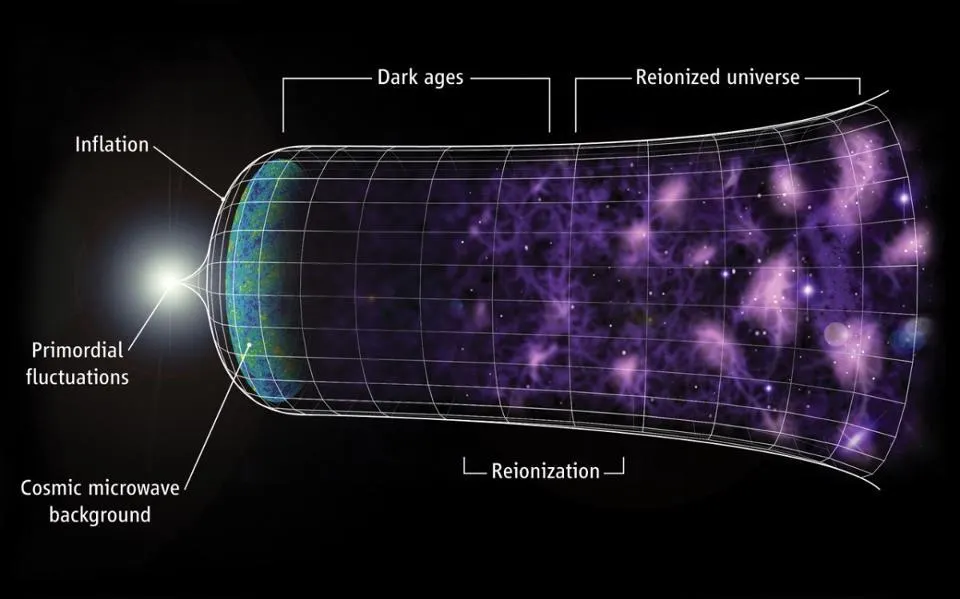
2. Many-Worlds Interpretation: According to this interpretation of quantum mechanics, every quantum event results in the branching of the universe into parallel realities, each representing a different outcome of the event. This leads to the existence of countless parallel worlds, each following its own trajectory of possibilities.

3. String Theory Landscape: In string theory, which proposes that fundamental particles are one-dimensional “strings,” the landscape of possible configurations and dimensions is vast. This theory suggests the existence of multiple “pocket” or “island” universes within a higher-dimensional “landscape” of possibilities.
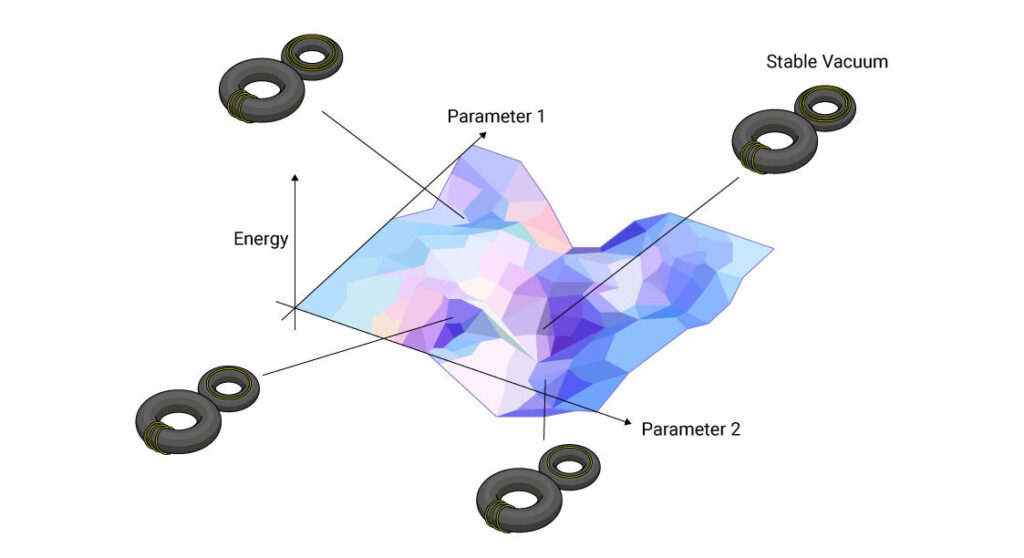
4. Brane Cosmology: Brane theory suggests that our universe is confined to a four-dimensional “brane” within a higher-dimensional space. Other branes may exist alongside ours, leading to the possibility of parallel universes that are separated by higher-dimensional membranes.
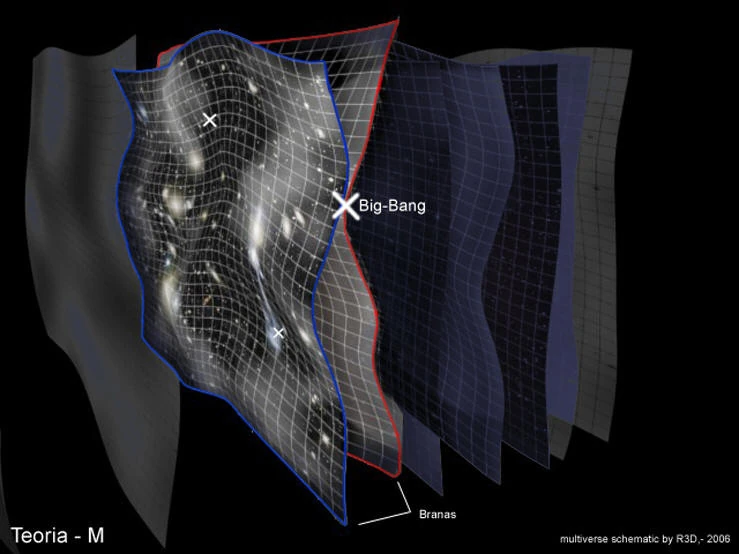
Max Tegmark’s Four Levels Of Parallel Universes
Physicist Max Tegmark proposed a taxonomy of parallel universes organized into four levels, each representing a different level of mathematical and conceptual abstraction:
- Level I: Universes with Different Initial Conditions: In this level, parallel universes exist beyond our observable universe, but they share the same laws of physics and fundamental constants.
- Level II: Universes with Different Physical Constants: Parallel universes in this level have different values for the fundamental constants of physics, leading to variations in the laws of nature.
- Level III: Many-Worlds Interpretation of Quantum Mechanics: This level corresponds to the Many-Worlds Interpretation, where every quantum event leads to the creation of parallel realities representing different outcomes.
- Level IV: Ultimate Multiverse: At this level, all possible mathematical structures exist as separate universes within a mathematical multiverse. This encompasses not only different physical laws and constants but also different mathematical structures altogether.
Brian Greene’s Nine Types Of Parallel Universes
Physicist Brian Greene outlined nine types of parallel universes in his book “The Hidden Reality,” each based on different theoretical frameworks and concepts:
- Quilted Multiverse: A multiverse where cosmological horizons separate regions of space with different properties.
- Inflationary Multiverse: Similar to the inflationary multiverse model described earlier, where bubble universes emerge from cosmic inflation.
- Brane Multiverse: Based on brane’s theory, where parallel universes exist on separate “branes” within a higher-dimensional space.
- Cyclic Multiverse: In this model, universes undergo an endless cycle of expansion and contraction, with each cycle giving rise to a new universe.
- Landscape Multiverse: Derived from string theory, where different vacuum states or configurations of strings give rise to multiple universes within a vast landscape of possibilities.
- Quantum Multiverse: Encompasses the Many-Worlds Interpretation of quantum mechanics, where every quantum event spawns parallel realities.
- Holographic Multiverse: This suggests that our three-dimensional universe may be encoded on a two-dimensional surface, leading to the possibility of multiple holographic universes.
- Simulated Multiverse: Proposes that our universe could be a simulated reality within a higher-dimensional computer simulation, with the potential for multiple simulated universes.
- Ultimate Multiverse: Similar to Tegmark’s Level IV, where all mathematical structures exist as separate universes within a mathematical multiverse.
Twin-World Models And Cyclic Theories
Twin-world models and cyclic theories offer alternative explanations for the existence of parallel universes within the framework of cosmology and theoretical physics.
- Twin-World Models: In these models, parallel universes are hypothesized to exist alongside our own, sharing similar physical laws and properties. These universes may interact with each other through gravitational forces or other mechanisms, leading to observable effects on our universe.
- Cyclic Theories: Cyclic cosmological models propose that the universe undergoes a series of cycles of expansion and contraction, with each cycle giving rise to a new “big bang” and a new universe. These cyclic theories offer a different perspective on the origin and evolution of the cosmos, suggesting that our universe may be part of an endless cycle of creation and destruction.
Critiques And Arguments Against The Multiverse Hypotheses
The multiverse hypothesis, suggesting parallel universes beyond our own, evokes both fascination and skepticism in the scientific community. Critics question its testability and lack of empirical evidence, while proponents argue it offers elegant solutions to cosmological and quantum mysteries. Yet, alternative explanations like the anthropic principle also compete. As research continues, scientists remain divided on its validity, leaving the exploration of parallel universes a frontier in theoretical physics.
Search For Empirical Evidence Supporting The Existence Of Parallel Universes
The search for empirical evidence supporting parallel universes faces daunting challenges due to the speculative nature of the multiverse concept. Current research focuses on theoretical modeling, cosmological observations, and experimental tests, but significant limitations persist. Key hurdles include the lack of consensus on defining the multiverse, difficulties in delineating boundaries between universes, and philosophical challenges to its scientific status. Despite ongoing efforts, detecting parallel universes remains elusive, requiring interdisciplinary collaboration and innovative approaches to unravel the mysteries of the cosmos.
Possible Implications And Consequences Of A Confirmed Multiverse
Confirmation of a multiverse would profoundly impact philosophy, cosmology, physics, and our understanding of consciousness. It would challenge traditional notions of reality and identity, prompting philosophical inquiries into free will and causality. In cosmology, it could explain cosmic mysteries and reshape our understanding of the universe’s origin and fate. Physically, it would necessitate reevaluating fundamental theories and may lead to new frameworks unifying quantum mechanics and gravity. Additionally, it raises questions about consciousness and its relationship to reality. While speculative, exploring the implications of a multiverse offers insights into the profound mysteries of existence in technology needed for further exploration.
Conclusion
In conclusion, the multiverse hypothesis represents a captivating avenue of exploration in cosmology and theoretical physics, offering tantalizing possibilities for understanding the nature of reality beyond our observable universe. From Hugh Everett III’s groundbreaking Many-Worlds Interpretation to Alan Guth and Andrei Linde’s inflationary multiverse scenario, the development of the multiverse concept has been propelled by innovative theoretical frameworks and advancements in quantum mechanics, string theory, and cosmology. Key contributors like Max Tegmark, Brian Greene, and Stephen Hawking have played pivotal roles in shaping our understanding of the multiverse hypothesis.
Future prospects and unanswered questions surrounding the multiverse hypothesis continue to intrigue scientists. Investigations into whether it will ever be possible to prove or disprove the existence of parallel universes remain ongoing, challenging researchers to devise novel experimental approaches and observational techniques. Despite the inherent difficulties and philosophical implications, the quest to unravel the mysteries of the multiverse drives forward-thinking research directions and advances in theoretical and experimental physics.
As we venture further into the unknown realms of the cosmos, future research directions will likely focus on refining theoretical models, developing innovative observational strategies, and probing the fundamental nature of reality through interdisciplinary collaborations.
Science Figures, Graphical Abstracts, and Infographics For Your Research
Mind the Graph simplifies scientific communication by enabling researchers to create visually appealing figures, graphical abstracts, and infographics for their research. With intuitive tools and templates, scientists can convey complex concepts effectively, enhancing their impact and reach in the scientific community.

Subscribe to our newsletter
Exclusive high quality content about effective visual
communication in science.

